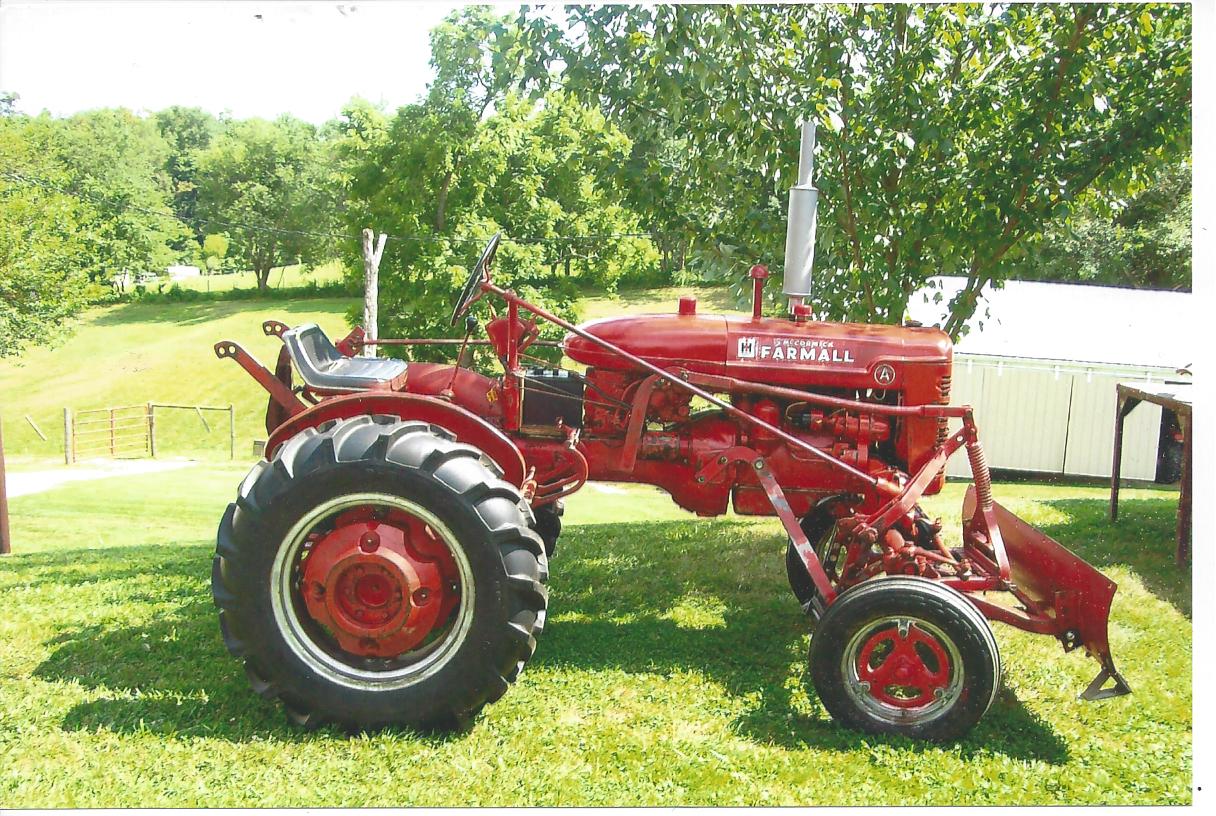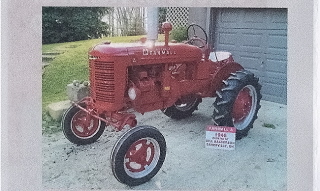History of Farmall taken from the Wikipedia (The Free Encyclopedia)
Farmall was a model name and later a brand name for tractors manufactured by International Harvester (IH), an American truck, tractor and construction equipment company. The Farmall name was usually presented as McCormick-Deering Farmall and later McCormick Farmall in the evolving brand architecture of IH.
Farmall was a prominent brand in the 20th-century trend toward the mechanization of agriculture in the US. Its general-purpose machines' origins were in row-crop tractors, a category that they helped establish and in which they long held a large market share. Dure the decades of Farmall production (1920s-1980s), most Farmalls were built for row-crop work, but many orchard, fairway and other variants were also built. Most Farmalls were all-purpose tractors that were affordable for small to medium-sized family farms, and could do enough of the tasks needed on the farm that the need for hired hands was reduced and for working horses or mules eliminated.
Descriptions of tractors as "general-purpose" and "all-purpose" had been used loosely and interchangeably in the teens and early twenties; but a true all-purpose tractor would be one that not only brought power to plowing, harrowing and belt work but also obviated the horse team entirely. This latter step is what changed the financial picture to heavily favor the mechanization of agriculture. The Farmall was so successful at total horse replacement that it became a strong-selling product. With the success of the Farmall line, other manufacturers soon introduced similar general-to all-purpose tractors with varying success.
In later decades, the Farmall line continued to be a leading brand of all-purpose tractors. Its bright red color was a distinctive badge. During the 1940s and 1950s, the brand was ubiquitous in North American farming. Various trends in farming after the 1960s - such as the decline of cultivating in favor of herbicidal weed control, and the consolidation of the agricultural sector into larger but fewer farms - ended the era of Farmall manufacturing. However, many Farmalls remain in farming service, and many others are restored and collected enthusiasts. In these respects, the Farmall era continues. As predicted in the 1980s and 1990s, the growing public understanding of environmental protection, and of sustainability in general, have brought a corollary resurgence of interest in organic farming and local food production. This cultural development has brought a limited but notable revival of cultivating and of the use of equipment such as Farmalls.
All Farmall tractors were painted a deep blue-grey until mid-1936 (around July through September). The color has often been mistaken for battleship grey, but it was actually bluer. the wheels were most often red. In mid 1936, a decision was made to change the entire tractor (frame, sheet metal, engine, and wheels) to a new color, 'Farmall Red'. It was around this time many tractor manufacturers began using bright, distinctive colors for branding (e.g., Allis-Chalmers orange). A farmer could look out across the fields and see his neighbor's tractor from a great distance and know what make it was; this provided a sort of advertising in the intensely competitive tractor market.

